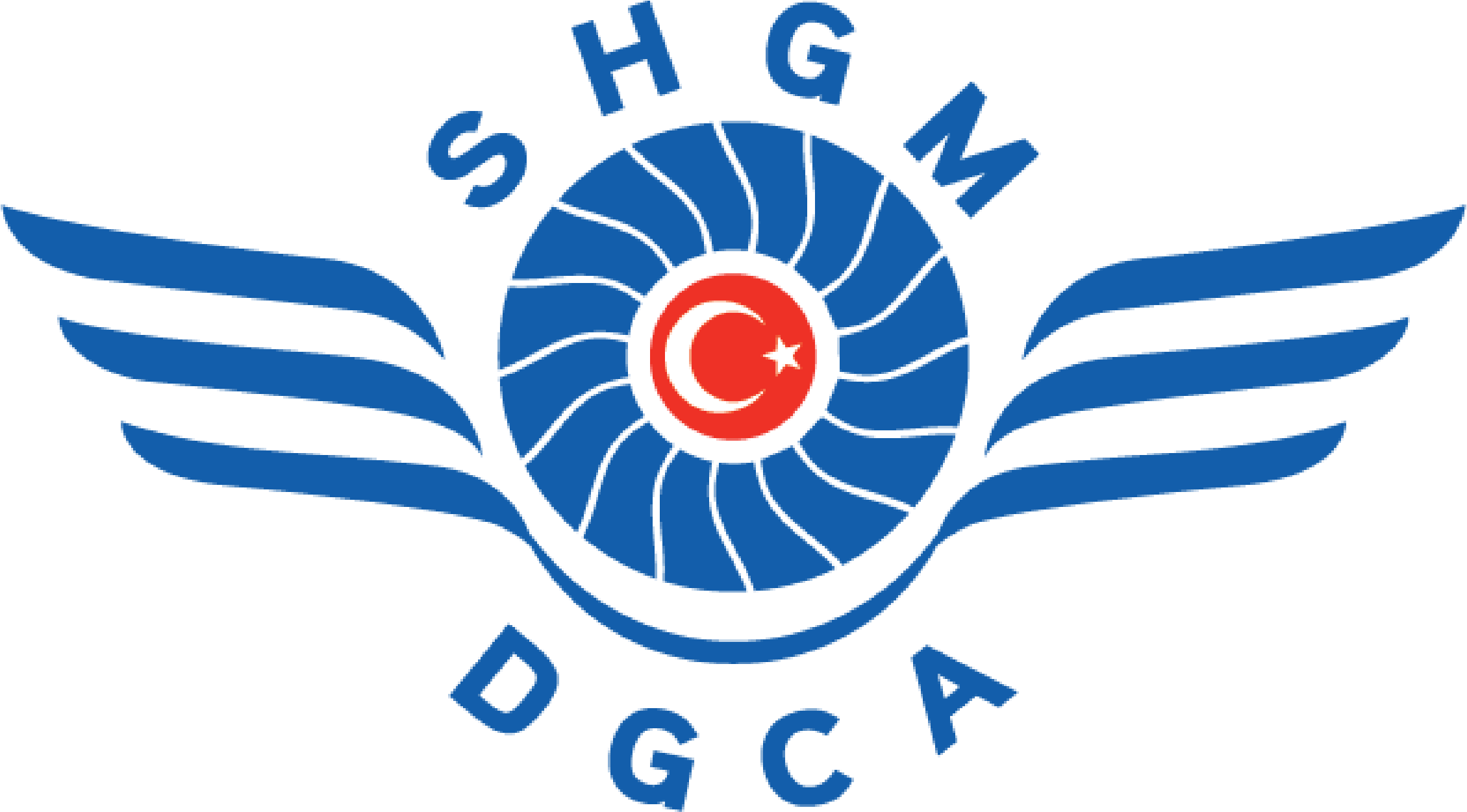What to do before and after an accident on the plane
Istanbul Gelisim University (IGU) Civil Aviation Cabin Services Lect. Remzi Sızan sorted the measurements to take what to do before and after an accident on the plane by addressing the importance of passenger preparation for emergencies on board.
Remzi Sızan said that when air transport is examined in the world, one of the safest means of transportation is air transportation, and that rarely plane crashes occur.
“PILOT IN COMMAND MAY NOT HAVE TIME TO NOTIFY”
Lect. Remzi Sızan stated that when the plane accidents in the world are examined, emergency situations are divided into two as prepared and unprepared. Stating that unprepared emergencies generally occur during landing and take-off, he said:
“Each flight has a critical eleven-minute duration, three minutes from take-off and take-off, eight minutes before and after landing the plane leaves the runway. During this period, all cabin crews and passengers must be mentally and physically prepared. An emergency may occur at any time immediately after take-off or until the aircraft leaves the runway at the final approach. In this case, 'Be prepared to hit!' should be announced from the control cabin or, if this command cannot be given, the belt warning lights can be set to 'on-of-on' and warn the passenger and the crew to be prepared to hit.”
“DANGER!”, “LEAN FORWARD!”, “HOLD YOUR KNEES!”
Mentioning cabin crew commands in unprepared emergencies, Lect. Remzi Sızan said: “This warning continues to be given until the aircraft has completely stopped. All passengers should secure their heads by holding their knees or crossing their arms. Then they need to wait for the evacuation command from the cockpit or cabin, if they do not need evacuation, they must stay in their place.”
WHAT TO KNOW FOR SAFE FLIGHT
Lect. Remzi Sızan listed the things to know and do in order for the passengers to make a safe flight:
When passengers arrive on the plane, first of all, they should determine how many steps to the exit there are closest to them in a possible emergency; especially in the case of night flight, power failure, fire and smoke in the cabin.
Heavy hand luggage should not be kept under foot in a way to prevent evacuation.
Heavy and damaging hand luggage should never be placed in overhead cabinets and should be given to cargo if possible.
It should be noted that an emergency can occur at any time in a taxi, take-off, flat flight and landing. This includes open air turbulences.
All instructions given by the cockpit and cabin crew should be followed and listened very carefully.
Safety cards belonging to aircraft type must be examined, and which outputs are close should be known. It must be learned how emergency exit windows and doors are opened.
When the belt warning lights come on, we recommend that the passengers fasten their belts at waist levels and perform opening and closing rehearsals several times, that the belt buckles are visible, not tied inwards.
Passengers with babies should definitely request a baby lifejacket and a baby belt, and learn how to open and close the belts. The feet of the babies should be kept on the corridor side and their heads should be kept by the mother.
Passengers with babies and children must request pillows and blankets from the cabin crew to support their heads.
Each passenger should check whether their lifejacket is in place.
Passengers who will sit in the emergency exit must learn the emergency exit instructions thoroughly, give verbal feedback, and if they do not have these competencies, they must definitely change their seats.
In every landing and take-off, passengers must remove the sharp objects on them and put them in the seat pockets and loosen their collars and ties.
On day and night flights, the taxi should not be obeyed until the plane leaves the runway during departure and landing.
When our passengers sitting near the windowsills or close to the wing-outs see an unusual or suspicious situation in external conditions, the nearest cabin crew should be informed immediately.
Seat tables must be closed, if not, people must be replaced.
Especially, they should make sure that monitors in emergency exits are closed.
Demos from the cabin crew should be watched from beginning to end.
Babies with strollers should be seated facing the mother and their heads should be supported with pillows and blankets.
It should be remembered that in the case of turbulence in a flat flight, passengers in the toilets and standing passengers must immediately return to their seats and fasten their belts because very severe open-air turbulences can occur.
In any loss of pressure in a flat flight, it must be seated on the nearest seat and a belt must be fastened; It should be remembered that when the flow of oxygen is started, the closest mask must be worn by the passenger and then the child's mask. It should be remembered that the duration of loss of consciousness is very short, especially in high pressure flights in sudden pressure discharges.
In case of any evacuation on night flights, we recommend that passengers do not use eye-catching reading lights if possible so that their eyes can be accustomed to external conditions.
Lecturer Remzi Sızan, considering the emergencies, believes that mental and physical preparations will always be beneficial for safe and healthy flights, and finished his words as: “We wish safe and pleasant flights to all our passengers as Istanbul Gelisim University”.
Chairman of the Board of Trustees of Istanbul Gelisim University (IGU) Abdulkadir Gayretli also mentioned that the passengers should be made aware of the trainings, and added: “Before the flight, it is necessary to raise awareness about how passengers should act. We provide these trainings to our students both through the University and through the Continuing Education Center. In addition, the necessary support and training should be provided to those who are afraid of flying accidents and those who want to overcome these traumas. It should be noted that planes are still the most reliable means of transportation in the world.”
.jpg) Created Date: : Monday, February 10, 2020
Created Date: : Monday, February 10, 2020
.jpg) Created Date: : Monday, February 10, 2020
Created Date: : Monday, February 10, 2020







